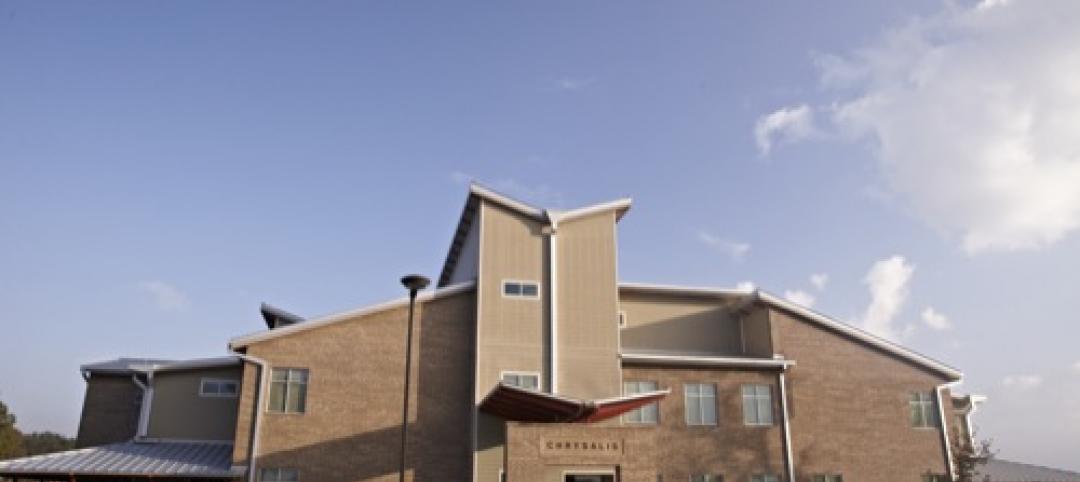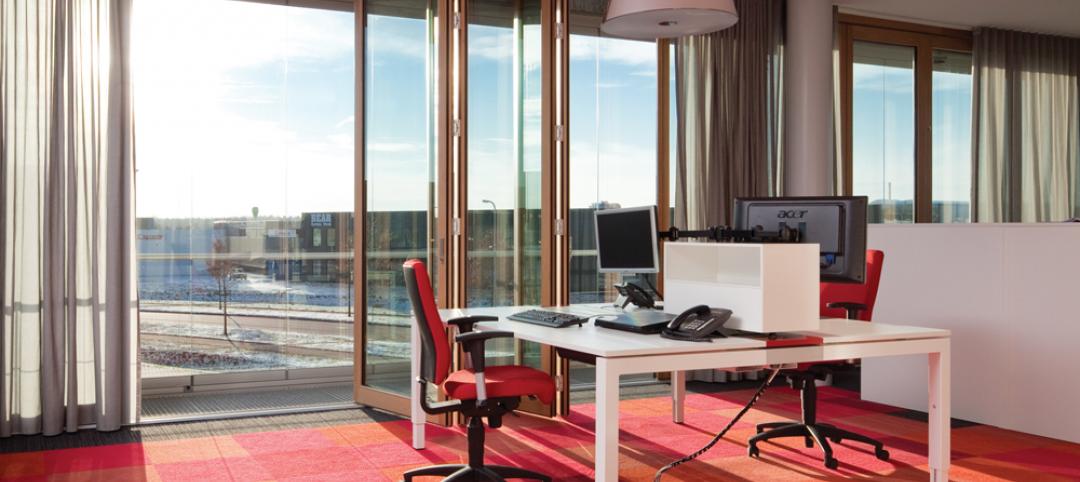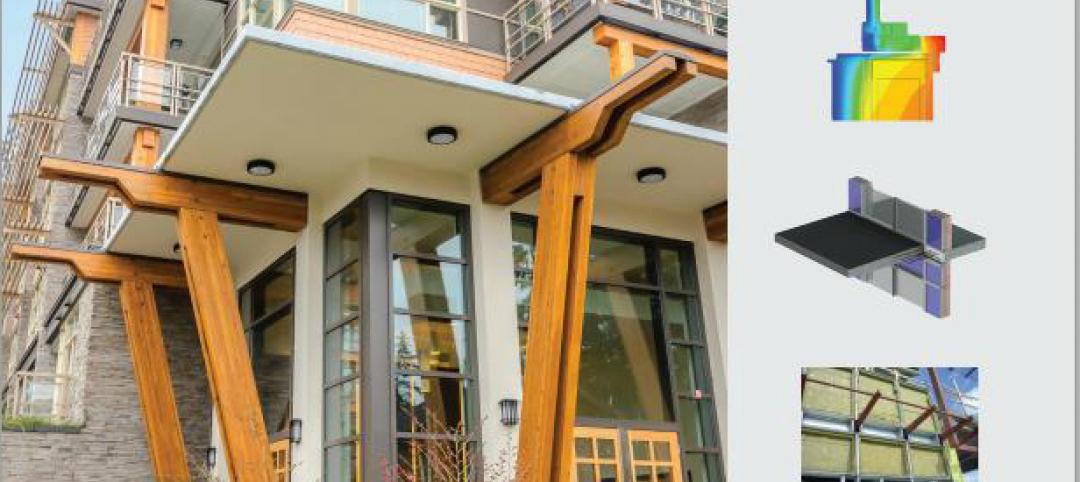WASHINGTON, DC (March 8, 2011) – The Institute for Market Transformation (IMT) and the Natural Resources Defense Council (NRDC) today announced the launch of BuildingRating.org, the world’s first comprehensive resource on energy performance rating and disclosure policies for homes and commercial buildings.
BuildingRating.org contains a searchable library of rating and disclosure information and a user-friendly, interactive map of global policies and programs. BuildingRating.org users can search more than 100 countries and jurisdictions to learn where policies are enacted and how they are being implemented, what types of rating systems are used to evaluate energy performance, and how policies are impacting markets.
“We are pleased to launch BuildingRating.org at this important time in the evolution of global energy rating and disclosure policy,” said Andrew Burr, director of IMT’s Building Energy Rating program. “This resource will be a conduit for policymakers to find and exchange ideas and best practices, and a tool for the real estate industry to track and comply with local policies and programs.”
Energy rating and disclosure encourages energy efficiency by raising consumer awareness about the energy performance and energy cost of homes and buildings. The European Union, China, Australia and a number of U.S. states and cities have enacted rating and disclosure policies.
“Governments around the world are embracing building energy rating and disclosure as a policy tool to reduce energy usage in homes and buildings, drive investments in building energy efficiency and boost local economies by creating jobs,” said Dale Bryk, director of NRDC's Air and Energy Program. “BuildingRating.org is a valuable resource that will help accelerate this trend in U.S. states and cities.”
Last month, the city of San Francisco enacted a commercial rating and disclosure policy, one of nearly 20 such policies related to homes or commercial buildings that are now in place in the United States. IMT staff is in frequent contact with government officials in many U.S. states and cities and updates BuildingRating.org weekly to reflect new policies, policy proposals and research from around the world.
“The initial information-gathering process for BuildingRating.org took more than four months to complete,” said David Leipziger, research associate at IMT and the lead researcher for BuildingRating.org. “We believe cataloguing this information and making it accessible will benefit diverse stakeholders in the public and private sectors.”
ABOUT THE INSTITUTE FOR MARKET TRANSFORMATION
The Institute for Market Transformation (IMT) is a Washington, DC-based nonprofit organization promoting energy efficiency, green building and environmental protection in the United States and abroad. IMT’s work addresses market failures that inhibit investment in energy efficiency and sustainability in the building sector. Visit us at www.imt.org.
ABOUT THE NATURAL RESOURCES DEFENSE COUNCIL
The Natural Resources Defense Council (NRDC) is an international nonprofit environmental organization with more than 1.3 million members and online activists. Since 1970, our lawyers, scientists, and other environmental specialists have worked to protect the world's natural resources, public health, and the environment. NRDC has offices in New York City, Washington, D.C., Los Angeles, San Francisco, Chicago, Livingston, Montana, and Beijing. Visit us at www.nrdc.org.
Related Stories
| Dec 19, 2014
Zaha Hadid unveils dune-shaped HQ for Emirati environmental management company
Zaha Hadid Architects released designs for the new headquarters of Emirati environmental management company Bee’ah, revealing a structure that references the shape and motion of a sand dune.
| Dec 17, 2014
USGBC announces 2014 Best of Green Schools honorees
Houston's Monarch School was named the K-12 school of the year, and Western Michigan University was honored as the top higher-ed institution, based on environmental programs and education efforts.
| Nov 25, 2014
Behnisch Architekten unveils design for energy-positive building in Boston
The multi-use building for Artists For Humanity that is slated to be the largest energy positive commercial building in New England.
| Nov 20, 2014
Survey: 84% of data center owners want more renewable energy options
The cost of producing wind and solar power has decreased 58% and 40%, respectively, during the past five years, making renewables more cost-competitive with traditional fuel sources in many markets.
| Nov 12, 2014
Chesapeake Bay Foundation completes uber-green Brock Environmental Center, targets Living Building certification
More than a decade after opening its groundbreaking Philip Merrill Environmental Center, the group is back at it with a structure designed to be net-zero water, net-zero energy, and net-zero waste.
| Oct 27, 2014
Report estimates 1.2 million people experience LEED-certified retail centers daily
The "LEED In Motion: Retail" report includes USGBC’s conceptualization of the future of retail, emphasizing the economic and social benefit of green building for retailers of all sizes and types.
| Oct 15, 2014
Harvard launches ‘design-centric’ center for green buildings and cities
The impetus behind Harvard's Center for Green Buildings and Cities is what the design school’s dean, Mohsen Mostafavi, describes as a “rapidly urbanizing global economy,” in which cities are building new structures “on a massive scale.”
| Sep 15, 2014
Sustainability rating systems: Are they doomed?
None of the hundreds of existing green building rating systems is perfect. Some of them are too documentation-heavy. Some increase short-term project cost. Some aren’t rigorous enough or include contentious issues, writes HDR's Michaella Wittmann.
| Sep 7, 2014
Building the cladding palette: panels, rainscreens, and veneers [AIA course]
When it comes to cost, performance, and aesthetics—not to mention maintenance and long-term resilience—the evaluation of cladding materials and façade systems is more complex than ever. This course is worth 1.0 AIA CES HSW learning units.
| Aug 11, 2014
New guide for prevention of thermal bridging in commercial buildings
The guide aims to overcome obstacles with respect to mitigating thermal bridging to reduce energy consumption in buildings.















